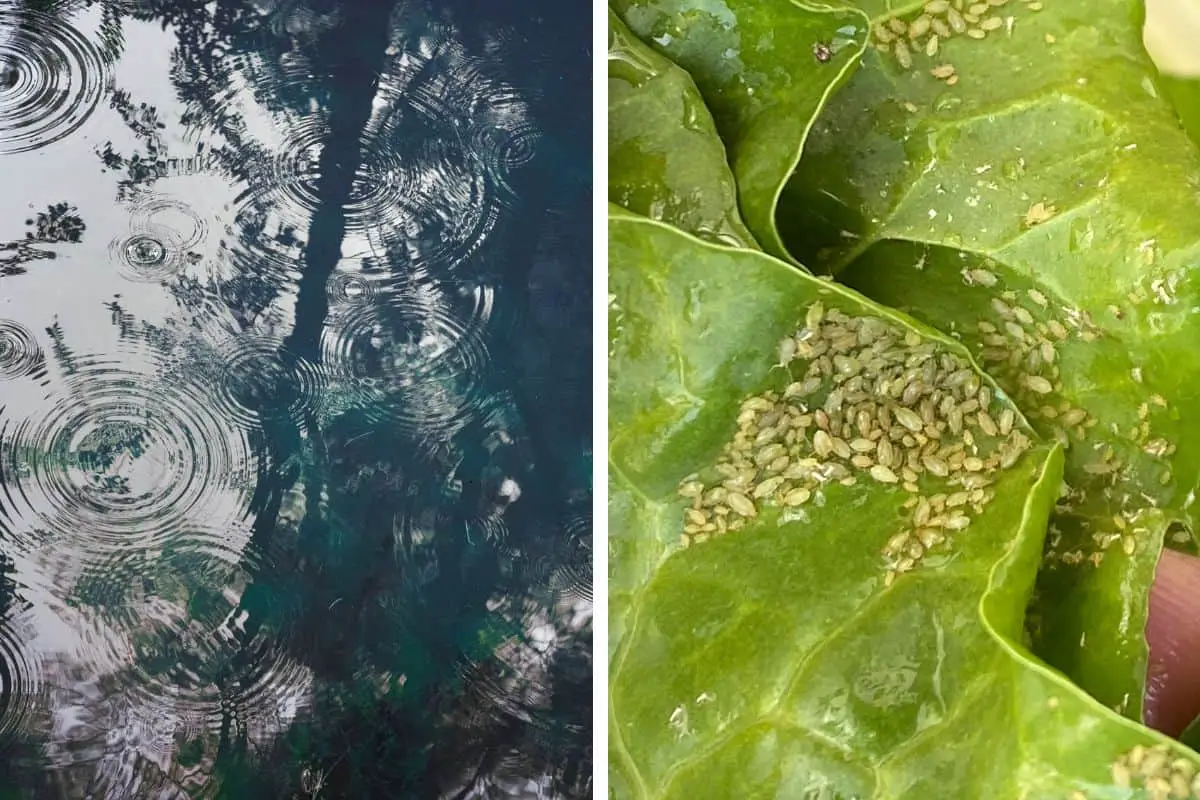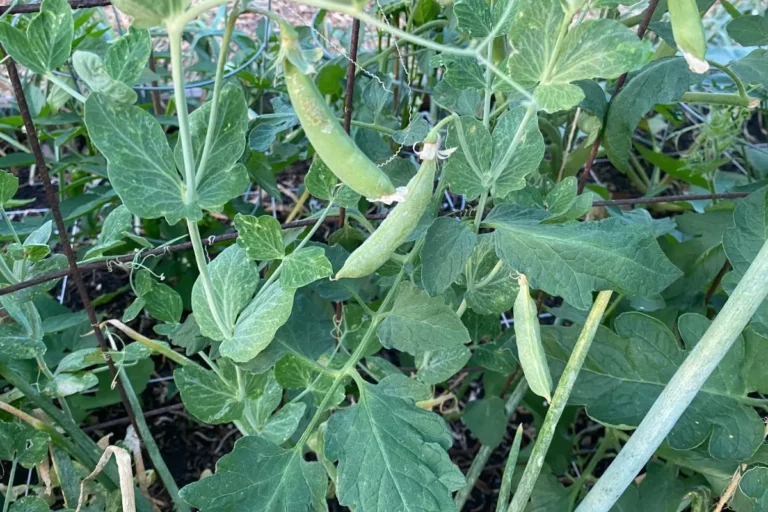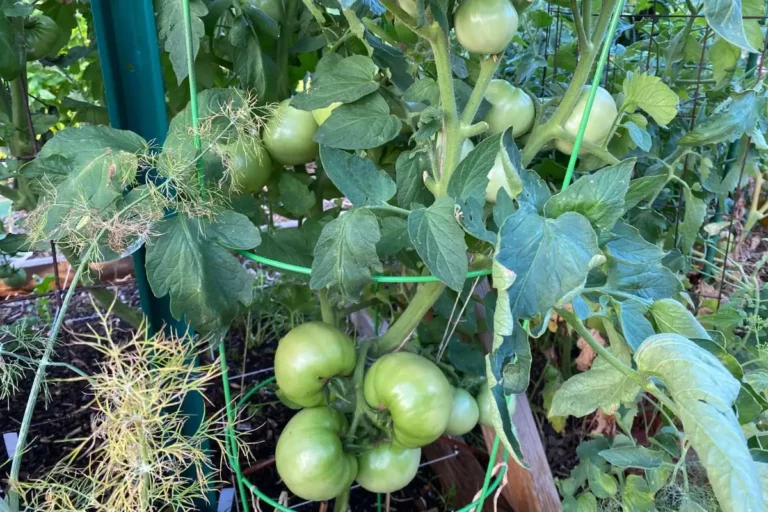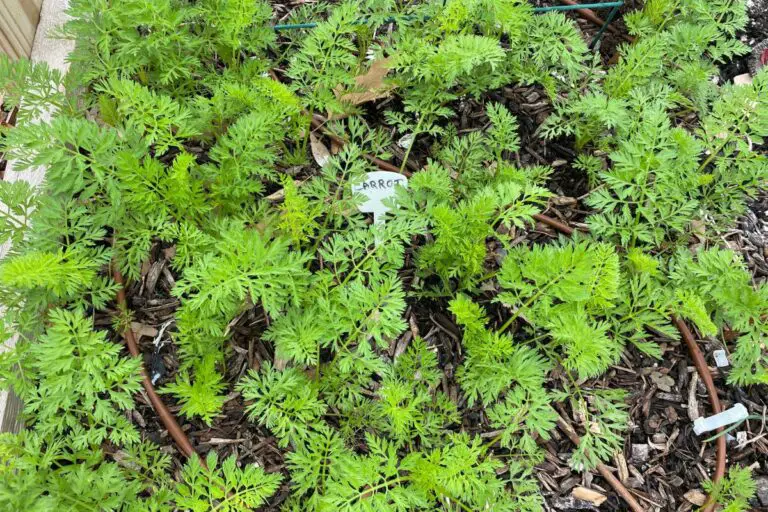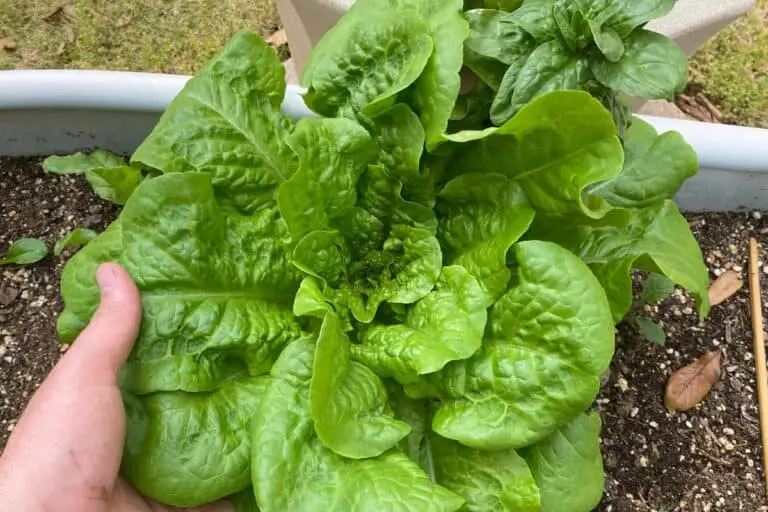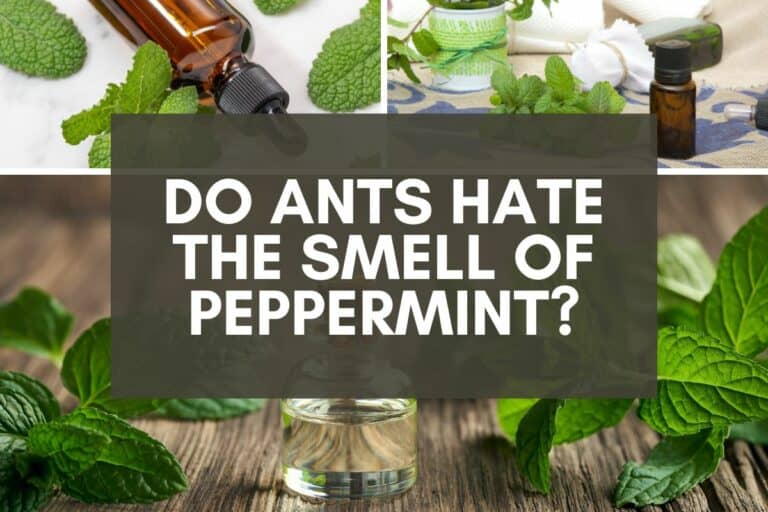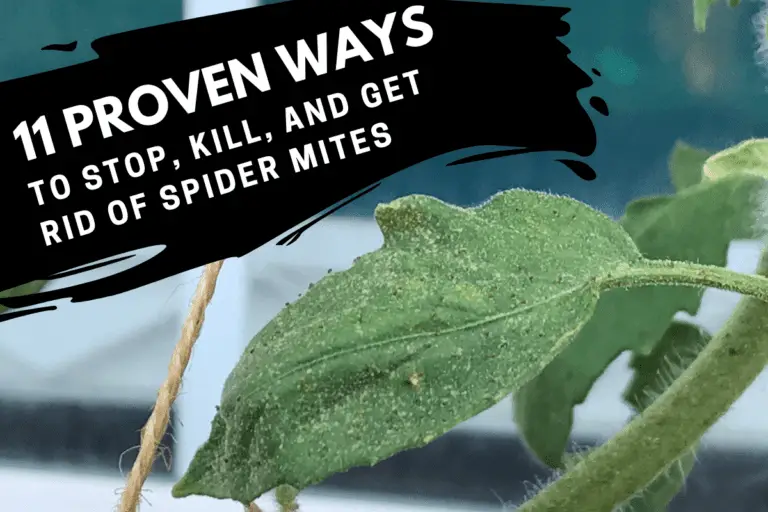Will Rain Wash Away or Get Rid of Aphids? 4 Things to Know
If you’re new to gardening, you might have looked out at your garden during a rainstorm and wondered if the rain would help take care of your pest problems.
Maybe it would wash off and kill some of the aphids that have shown up in your garden recently, especially when it’s pouring outside. Could that actually happen?
Rain will not wash away or kill aphids, even during heavy thunderstorms and high winds, because insects have special claws (called tarsal claws) as well as adhesive paddings (the euplantulae and the arolium) on their legs, which allow them to cling to plants despite harsh weather.
If you don’t know much about aphids and are only seeing them for the first time, they look rather Benign. They’ll cluster on your plants, typically on leaves and flowers, but also stems as well, and they won’t move much at all.
As time goes on, female aphids will give birth, live birth to more female, aphids, and the overall aphid population on your plant will balloon exponentially.
But just looking at them, they don’t look like much. So I won’t rain water or windy conditions killed them off?
In this article, I’ll provide a brief overview of how exactly aphids find your plants and keep themselves attached to them.
I’ll also explain why rainwater doesn’t do much of anything to them, any kind of water for that matter, then I’ll provide some insights into how to quickly address your effort problems before they take over and destroy your plants.
The best way to kill off aphids is to know as much as possible about aphids, so if you don’t know too much about them, I recommend checking out these articles, which will provide a really helpful overview for beginning gardeners.
- Are Aphids Good or Bad? Everything You Need to Know
- Are Aphids Invasive?
- Can You See Aphids on Plants? Spotting Early Infestations
- Do Aphids Attract Ants?
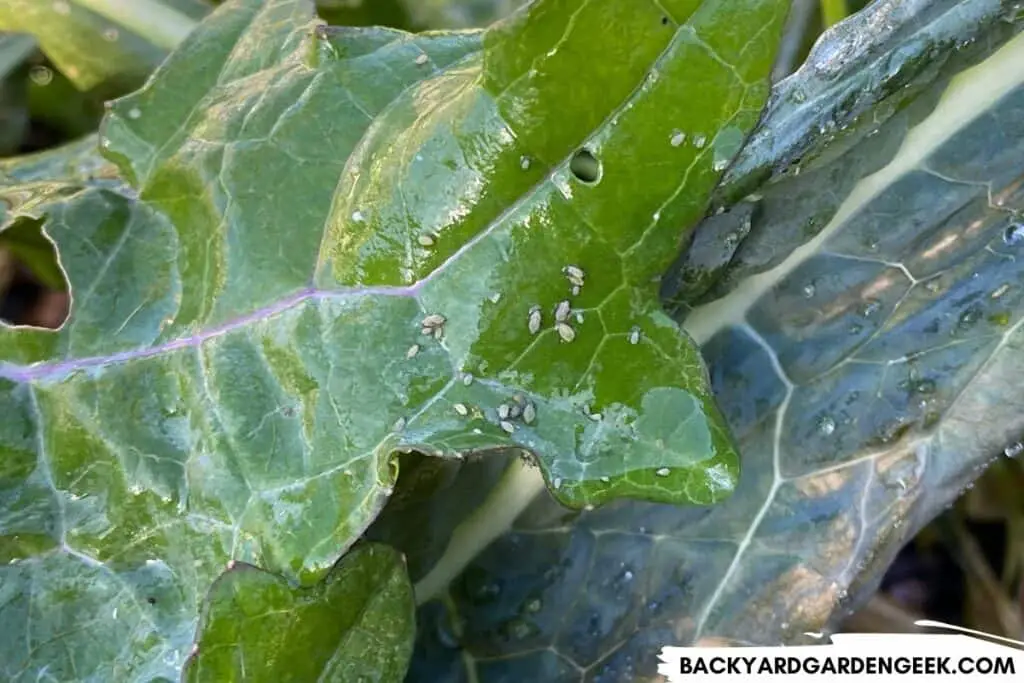
Will Rain or Water Kill Aphids?
Given the size and relative fragility of aphids, water seems like it would kill off, at least some of the aphids in your garden, especially when there are thunderstorms in your area.
Unfortunately, this isn’t the case, as the worldwide migration of aphids has demonstrated.
Aphids cannot be found on every continent, except Antarctica, and they’ve managed to spread practically everywhere, from very dry regions to tropica ones.
I’ve explored this migratory patterns and invasive practices and other articles, so in this article, I want to focus on what exactly allows aphids to stick so well to plants, so much so that even strong bursts of water often can’t dislodge them.
To understand why, let’s look at let’s take a quick look at a few important factors to understand so that you know why aphids and other insects are able to stick themselves so effectively to various plant species.
Tarsal Claws
Each aphid has 3 sets of legs, and each of these legs is comprised of 6 different parts:
- Coxa: This is the part of the leg that attaches to the aphid’s body.
- Trochanter: Longer than the coxa, the trochanter connects the coxa to the femur.
- Femur: Usually the thickest part of the aphid’s leg, the femur connects the trochanter to the tibia.
- Tibia: Usually longer and thinner than the femur, the tibia connects the femur to the first tarsal segment.
- Tarsus: This part connects the tibia to the final pretarsal segment, where the claw can be found.
- Pretarsus: The tarsal claw is found on the end of the pretarsal segment.
In various insects, tarsal claws help bugs move along the surface of the leaf while helping them retain their connection to the plant.
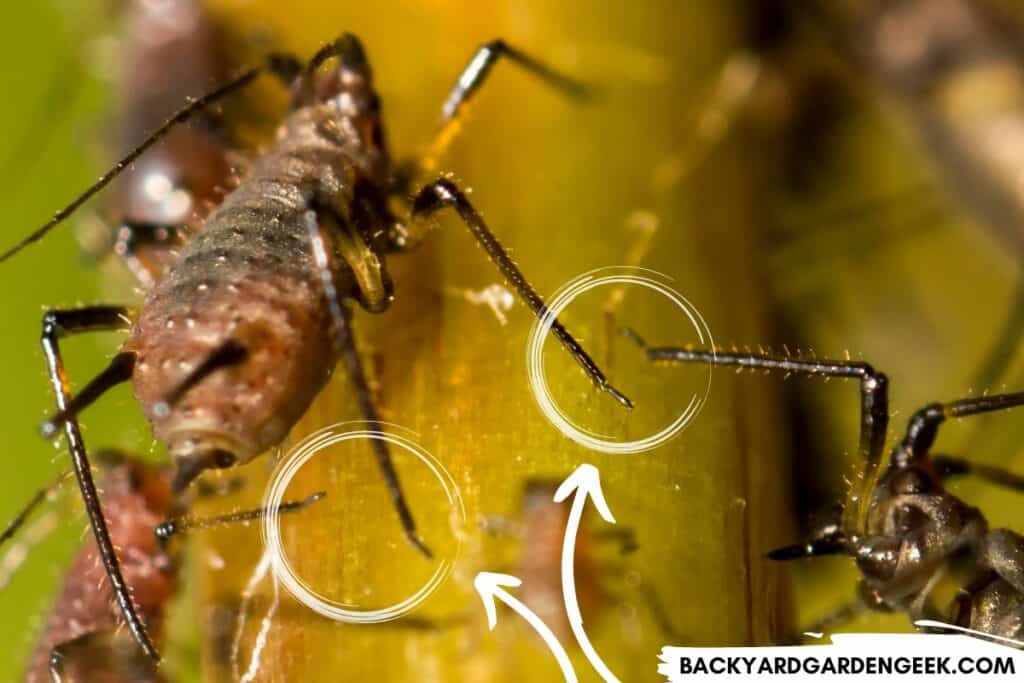
As research has shown, these tarsal tips are key to insect survival but also not necessarily widely studied, so little is known about how individual aphid species select their particular host plants, although evidence suggests that aphids are not able to grasp each plant with the same effectiveness.
Pretarsal Empodia
Aphids not only have tarsal claws. Various species also have specialized pretarsal empodia, which are microscopic spines that sit between the tarsal claws and allow the insect to get a better grip on its host plant.
As far as I can tell, all aphids have tarsal claws, but various aphid species do not have pretarsal empodia.
But for those that do, these empodial spines help aphids remain attached to surfaces despite rain, wind, or other environmental pressures.
Just to be clear, aphids aren’t interested in humans–they’re neither harmful nor poisonous–and unlike ticks, they don’t care one bit about your furry friends.
Their tarsal claws might look scary in magnified images, but they’re harmless to anything but plants.
Plant Surfaces
What’s interesting about aphids is how particular many species are about their host plants.
I’ve written about all kinds of aphids–black aphids, green aphids, red aphids, yellow aphids, and white aphids–and if you check out these articles, you can see that different aphid species like completely different plants.
In fact, if you see aphids in your garden this year, there’s a good chance that those might not be the aphid species you saw last year or the year before. With nearly 5,000 species spread worldwide, there’s no telling which species has shown up in your garden unless you were to catch some and send them off to a lab (and who’s going to do that?!).
What research has shown, however, is that aphids possibly select host plants not merely based on the desire for that plant’s phloem sap (which we’ll discuss more below) but also because they can grip some plants much better than other plants.
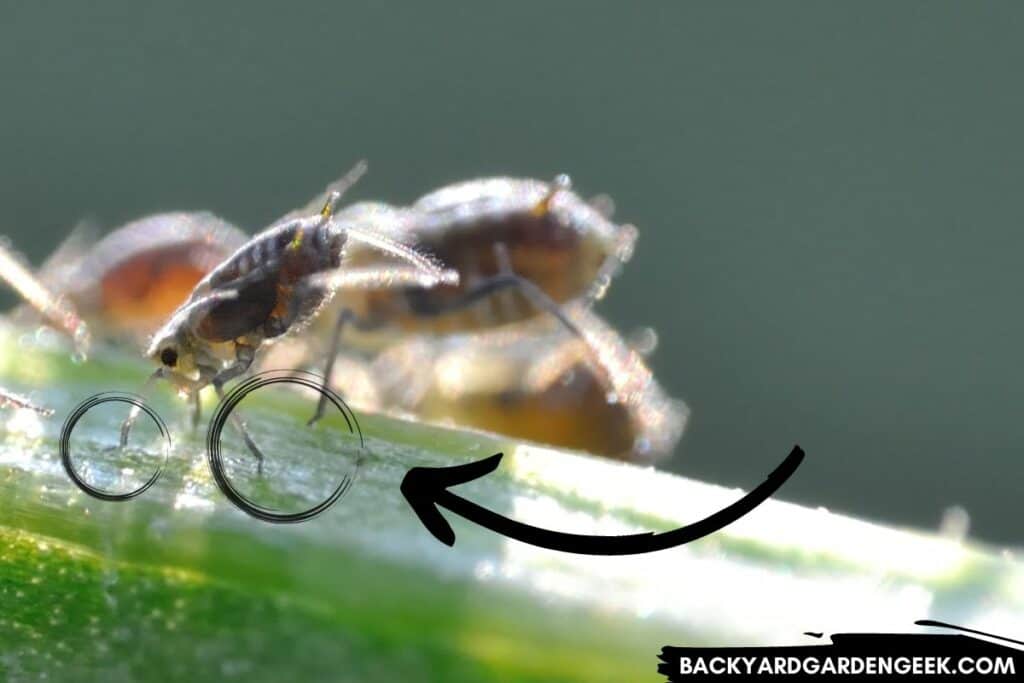
Many plants secrete a waxy substance (sometimes called wax blooms) or they’re covered in trichomes, which are protuberances that emerge from the surface of the plant (such as hairs, bumps, ridges, bulges. Both of these are natural mechanisms that make it difficult for bugs of various species to attach themselves to plants.
Unfortunately, aphids have adapted as well, which means that aphid species have gotten very good at finding plants that they can latch onto.
Stylets
When aphids attack plants, they have no interest in chewing on plant foliage the way caterpillars, leafcutter ants, or worms do.
Aphids do something entirely different. Once they find a good host plant, they’ll locate an area of the plant that’s particularly desirable–often congregating around leaves, buds, and flowers–and they’ll use their specially designed mouthparts (known as stylets) to pierce the plant’s tissue and seek out its sieve tubes, which convey nutrients throughout the plant. They’ll then begin draining the nutrients as they reproduce regularly and slowly destroy the plant.
Unlike tarsal claws and empodia, aphids don’t use their stylets to hold onto the plant’s surface, but the stylet provides one additional layer of protection against rain, wind, and other conditions that could otherwise injure or knock the aphids off the plant.
Now that we’ve discussed how exactly aphids hold onto plants despite thunderstorms and heavy wind, let’s look at the more important issue: How do you get rid of aphids once you see them among your plants?
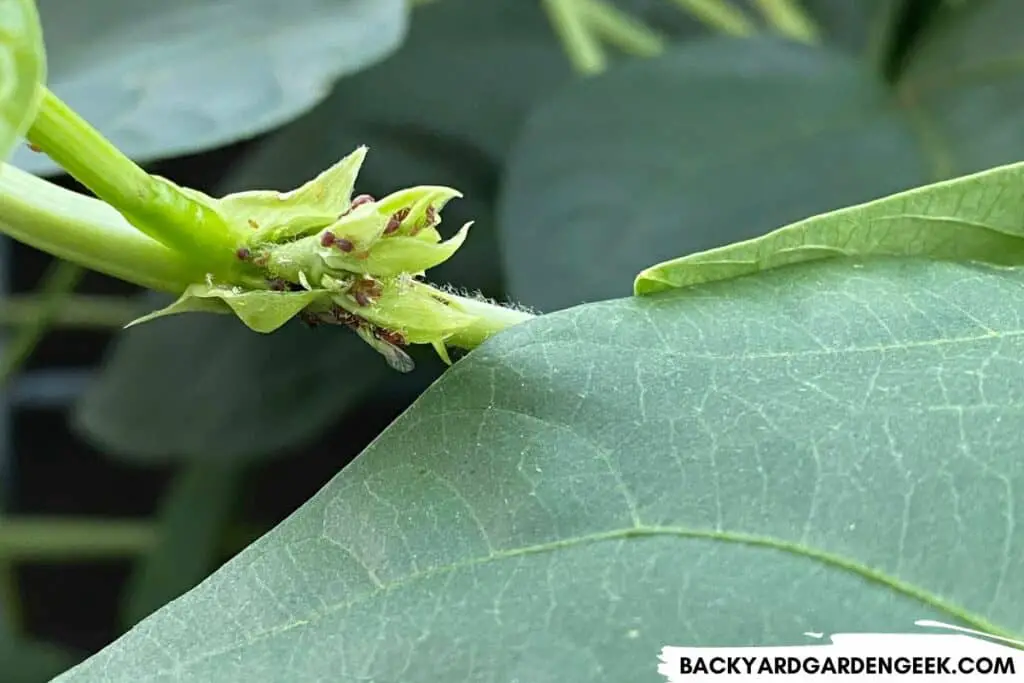
Getting Rid of Aphids: How Long Will It Take?
Anyone who’s ever fought off aphids in their garden will tell you just how stubborn and persistent aphids can be once they’ve gained a foothold among your plants.
They might start out on one plant, but they’ll soon spread to other plants if they find suitable hosts. The key to getting rid of aphids is either waiting and hoping that nature will run its course, bringing ladybugs and lacewings to your garden, or attacking the aphids once you spot them for the first time, then continuing to do so until they’re gone.
In a perfect world, I prefer the first option since it’s literally the most natural way to get rid of aphids on your plants. In fact, I had aphids on my bean plants last year, and I didn’t really have to do much because dozens of ladybugs showed up within a few weeks, and the ladybug larvae soon became plentiful.
Unfortunately, this approach won’t always work out well in the end, I had an aphid infestation in my spinach 2 years ago, and sure enough, ladybugs showed up. But they didn’t put a dent in my problem. In fact, the aphids got worse as time went on.
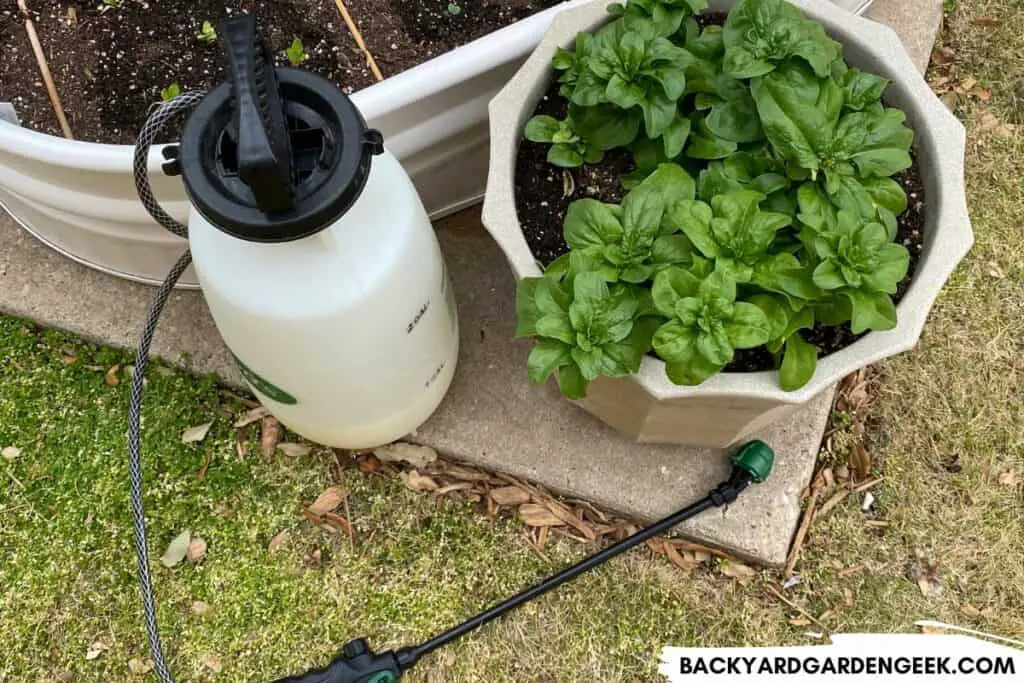
I ended up using the method below (even though I knew I’d likely kill off some ladybug larvae) because I got desperate. If I didn’t, my spinach crop was going to be a goner.
Here’s the schedule I followed to get rid of a pesky aphid infestation:
| Days | Product Used | Ingredients |
|---|---|---|
| Day 1 | Soapy Water Spray | Water, Castile Soap |
| Day 2 | Soapy Water Spray | Water, Castile Soap |
| Day 3 | Neem Oil Spray | Water, Neem Oil, Castile Soap |
| Day 4 | Soapy Water Spray | Water, Castile Soap |
| Day 5 | Soapy Water Spray | Water, Castile Soap |
| Day 6 | Soapy Water Spray | Water, Castile Soap |
| Day 7 | Soapy Water Spray | Water, Castile Soap |
That’s it! That’s literally all I did to wipe out aphids from my spinach plants, and they were gone in around 7 days.
This might sound rather aggressive to some gardeners, but aphids give birth to live young (who can then give birth to more live young a few days later), so my goal is to deliver a knockout punch in 1 week that’ll decimate their ranks while also doing as little as possible to harm any beneficial bugs or helpful pollinators.
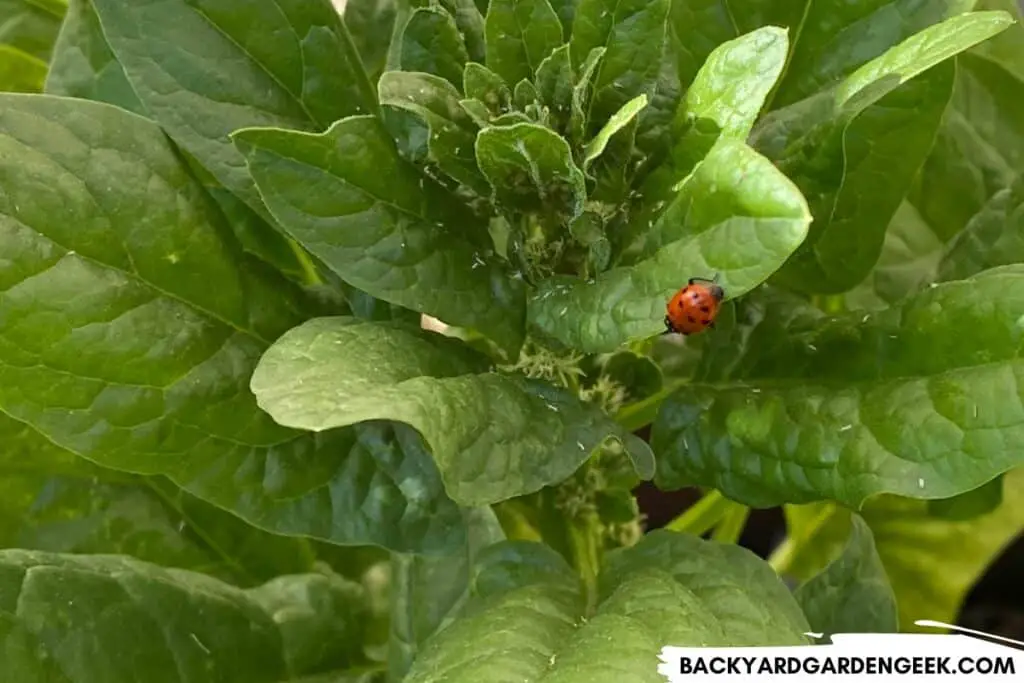
Below, you’ll find the recipes for my soapy water and neem oil sprays.
Please note that I always spray my plants as the sun’s going down. On the one hand, pollinators are much less active later in the day, so I have much less chance of injuring them. On the other hand, doing so late in the day ensures that my plants won’t get burned when the sun rises the following day.
Soapy Water Spray
- Fill up a 1- or 2-gallon garden sprayer with water (3.8-7.6 L).
- Add 5 tablespoons (75 ml) of a high-quality castile soap per gallon of water.
- Shake thoroughly, then apply to plants.
- Store the remainder in a garage or shed for use the next day.
Neem Oil Spray
- Fill a 1/2 gallon garden sprayer with water (1.8 L). I use a 1/2 gallon sprayer for neem oil since, unlike soapy water sprays, neem oil can’t be stored overnight for use the next day.
- Add 1 tablespoon (15 ml) of neem oil. For the price and the quality, I like either Verdana or Neem Bliss.
- Add 1 1/2 teaspoons (7.5 ml) of castile liquid soap. My favorite by far is Dr. Bronner’s Peppermint Castile Soap.
- Shake thoroughly to ensure the water, oil, and soap mix well, then spray your plants immediately. Discard any leftover spray.
By itself, neem oil will take a few days to kill off pests. But the addition of castile soap and the extra spraying with soapy water will ensure that your aphid infestation gets knocked out in no time at all.
If you ever feel like you’ve applied too much neem oil, you can rinse it off, but it’s best to spray your plants thoroughly to make sure you repel garden pests. Neem oil works best on hardier plants like tomatoes, peppers, and others, so please be careful if using neem oil around herbs or other wispier plant varieties.
I’ve spent lots of time researching the ins and outs of neem oil, so if you’d like to learn more about this amazing natural insecticide, check out these articles:
- 9 Reasons Your Neem Oil Might Not Be Working
- Can You Use Too Much Neem Oil on Plants?
- Is Neem Oil Safe on Fruits and Vegetables? Food for Thought
- Neem Oil Plant Burn: Why It Happens + How to Avoid It
Do Aphids Like Wet Weather?
Some pests thrive in wet weather conditions. Others don’t particularly care for them.
Aphids neither like nor dislike wet weather conditions. Rain doesn’t particularly bother them, and as I’ve noted above, it won’t hurt them in any way.
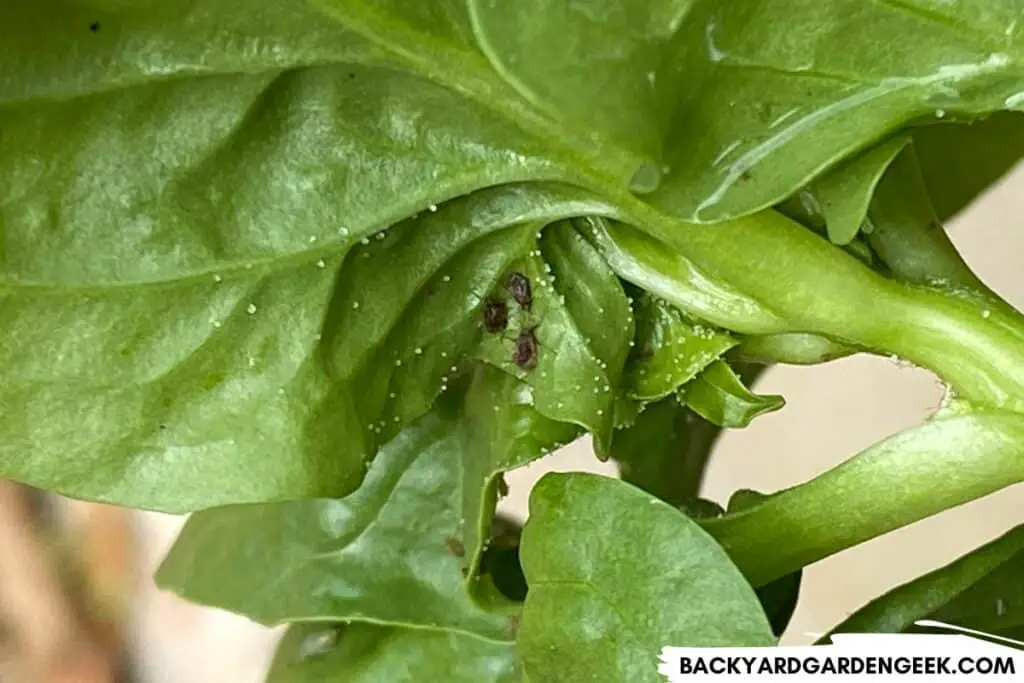
However, aphids don’t thrive in very cold weather. They’ll survive winters–their eggs can even survive in exceptionally cold conditions–but rain and thunderstorms won’t do anything to them.
Like I noted above, wet weather won’t do much of anything to aphids. The best approach is to keep an eye on your plants. If you notice ants crawling around your plants or if you see start seeing small dots on leaves, stems, or buds, take a close look to determine if you’ve got aphids.
At the first signs of an aphid infestation, use my recipes above for soapy water and neem oil sprays and knock out the aphid infestation before it gets fully established in your garden.
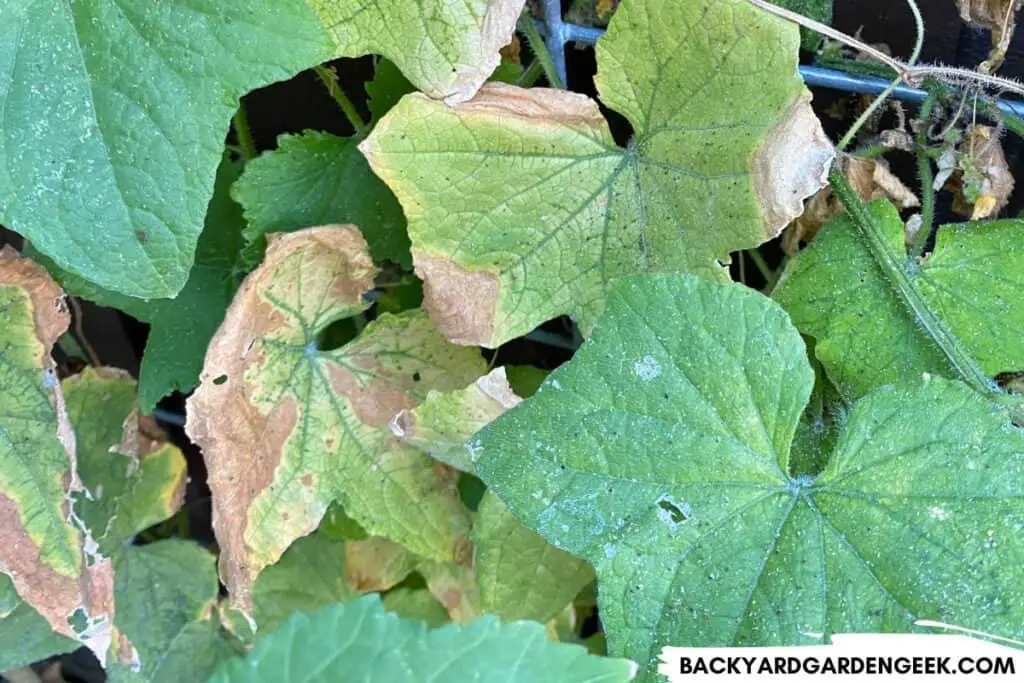
As long as you take care of the problem quickly, your plants will recover from aphids and continue to produce veggies for you and your family!
Further Reading
The goal of this article was to give you a brief glimpse into how aphids attach themselves to your plants as well as my favorite ways to get rid of them.
If you’d like to learn more about aphids, I recommend these related articles:
